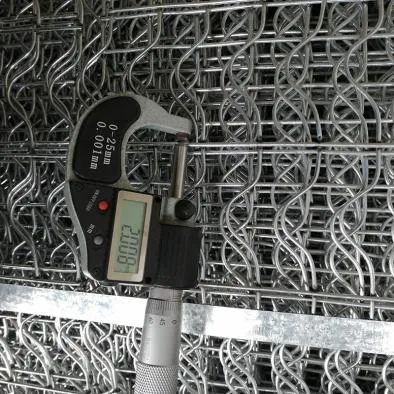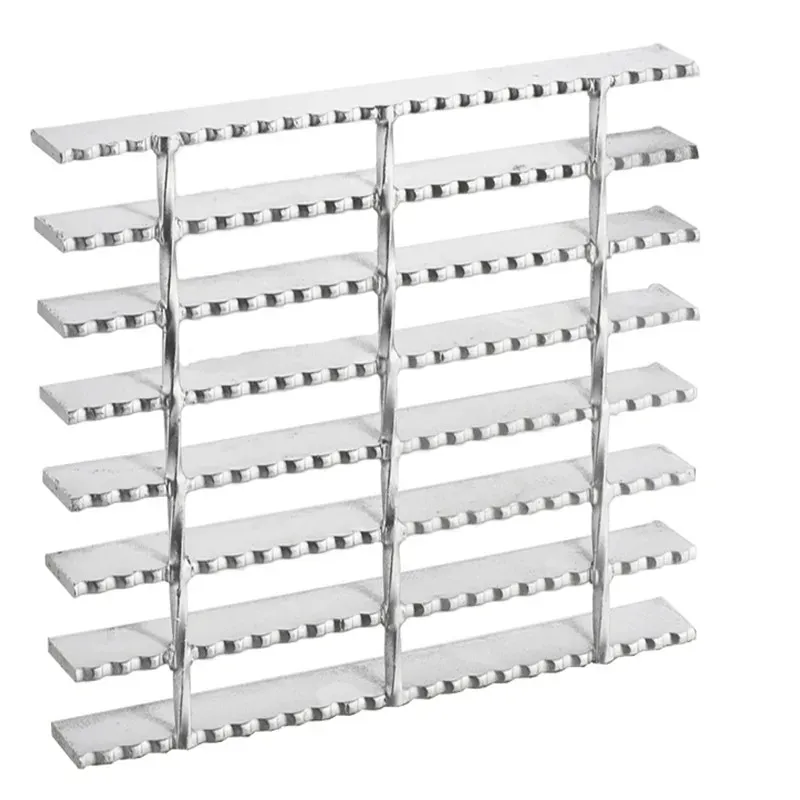- Industrial zone, South of Anping Town, Hengshui, Hebei, China.
- sales@hfpetromesh.com
- +86-18931809706
 Afrikaans
Afrikaans  Albanian
Albanian  Amharic
Amharic  Arabic
Arabic  Armenian
Armenian  Azerbaijani
Azerbaijani  Basque
Basque  Belarusian
Belarusian  Bengali
Bengali  Bosnian
Bosnian  Bulgarian
Bulgarian  Catalan
Catalan  Cebuano
Cebuano  Corsican
Corsican  Croatian
Croatian  Czech
Czech  Danish
Danish  Dutch
Dutch  English
English  Esperanto
Esperanto  Estonian
Estonian  Finnish
Finnish  French
French  Frisian
Frisian  Galician
Galician  Georgian
Georgian  German
German  Greek
Greek  Gujarati
Gujarati  Haitian Creole
Haitian Creole  hausa
hausa  hawaiian
hawaiian  Hebrew
Hebrew  Hindi
Hindi  Miao
Miao  Hungarian
Hungarian  Icelandic
Icelandic  igbo
igbo  Indonesian
Indonesian  irish
irish  Italian
Italian  Japanese
Japanese  Javanese
Javanese  Kannada
Kannada  kazakh
kazakh  Khmer
Khmer  Rwandese
Rwandese  Korean
Korean  Kurdish
Kurdish  Kyrgyz
Kyrgyz  Lao
Lao  Latin
Latin  Latvian
Latvian  Lithuanian
Lithuanian  Luxembourgish
Luxembourgish  Macedonian
Macedonian  Malgashi
Malgashi  Malay
Malay  Malayalam
Malayalam  Maltese
Maltese  Maori
Maori  Marathi
Marathi  Mongolian
Mongolian  Myanmar
Myanmar  Nepali
Nepali  Norwegian
Norwegian  Norwegian
Norwegian  Occitan
Occitan  Pashto
Pashto  Persian
Persian  Polish
Polish  Portuguese
Portuguese  Punjabi
Punjabi  Romanian
Romanian  Russian
Russian  Samoan
Samoan  Scottish Gaelic
Scottish Gaelic  Serbian
Serbian  Sesotho
Sesotho  Shona
Shona  Sindhi
Sindhi  Sinhala
Sinhala  Slovak
Slovak  Slovenian
Slovenian  Somali
Somali  Spanish
Spanish  Sundanese
Sundanese  Swahili
Swahili  Swedish
Swedish  Tagalog
Tagalog  Tajik
Tajik  Tamil
Tamil  Tatar
Tatar  Telugu
Telugu  Thai
Thai  Turkish
Turkish  Turkmen
Turkmen  Ukrainian
Ukrainian  Urdu
Urdu  Uighur
Uighur  Uzbek
Uzbek  Vietnamese
Vietnamese  Welsh
Welsh  Bantu
Bantu  Yiddish
Yiddish  Yoruba
Yoruba  Zulu
Zulu
- Afrikaans
- Albanian
- Amharic
- Arabic
- Armenian
- Azerbaijani
- Basque
- Belarusian
- Bengali
- Bosnian
- Bulgarian
- Catalan
- Cebuano
- Corsican
- Croatian
- Czech
- Danish
- Dutch
- English
- Esperanto
- Estonian
- Finnish
- French
- Frisian
- Galician
- Georgian
- German
- Greek
- Gujarati
- Haitian Creole
- hausa
- hawaiian
- Hebrew
- Hindi
- Miao
- Hungarian
- Icelandic
- igbo
- Indonesian
- irish
- Italian
- Japanese
- Javanese
- Kannada
- kazakh
- Khmer
- Rwandese
- Korean
- Kurdish
- Kyrgyz
- Lao
- Latin
- Latvian
- Lithuanian
- Luxembourgish
- Macedonian
- Malgashi
- Malay
- Malayalam
- Maltese
- Maori
- Marathi
- Mongolian
- Myanmar
- Nepali
- Norwegian
- Norwegian
- Occitan
- Pashto
- Persian
- Polish
- Portuguese
- Punjabi
- Romanian
- Russian
- Samoan
- Scottish Gaelic
- Serbian
- Sesotho
- Shona
- Sindhi
- Sinhala
- Slovak
- Slovenian
- Somali
- Spanish
- Sundanese
- Swahili
- Swedish
- Tagalog
- Tajik
- Tamil
- Tatar
- Telugu
- Thai
- Turkish
- Turkmen
- Ukrainian
- Urdu
- Uighur
- Uzbek
- Vietnamese
- Welsh
- Bantu
- Yiddish
- Yoruba
- Zulu
48 Wide Bar Grating Heavy-Duty Industrial Flooring & Drainage Solutions
This comprehensive guide explores critical components of industrial drainage systems through seven focused sections:
- Performance benchmarks for heavy-load grating
- Structural superiority in modern drainage solutions
- Comparative analysis of leading grate systems
- Adaptive manufacturing specifications
- Material science behind corrosion resistance
- Real-world implementation scenarios
- Final recommendations for 48 wide bar grating
deployment

(48 wide bar grating)
Why 48 Wide Bar Grating Stands Out in Industrial Drainage Solutions
Modern infrastructure demands drainage systems that combine extreme durability with hydraulic efficiency. The 48-inch span configuration demonstrates 23% greater load distribution compared to standard 36" models in ASTM A143 stress tests. Key technical advantages include:
- ▢ 18,000 lb/ft² vertical load capacity (exceeding H-20 standards)
- ▢ 0.75" bearing bar thickness with 4" spacing
- ▢ Galvanized coating lasting 34% longer than epoxy alternatives
Engineering Breakthroughs in Fluid Management
Recent advancements address two persistent challenges: debris accumulation and thermal expansion. The 12 wide trench drain grate incorporates:
| Feature | 48W Model | 12WT Model | 1 1/4B Model |
|---|---|---|---|
| Flow Rate (gal/min) | 2,450 | 1,880 | 3,120 |
| Max Temperature | 650°F | 480°F | 720°F |
| Slip Resistance | 0.65 BPN | 0.58 BPN | 0.71 BPN |
Manufacturing Customization Protocols
Adaptive production techniques enable precise modifications:
- Material Selection: 304/316L stainless steel or galvanized carbon
- Surface Treatments: Hot-dip galvanizing (5.2 mil) or powder coating
- Special Configurations: Radius ends, swivel locks, safety nosing
Field-Proven Installation Methodologies
Successful implementations in demanding environments include:
- ▸ Food processing plant: 18% reduced maintenance costs over 5 years
- ▸ Municipal garage: 92% debris capture rate improvement
- ▸ Coastal refinery: 0 corrosion failures after 8-year exposure
Optimal Selection Criteria
Critical evaluation factors for specifiers:
- ◈ Chemical exposure levels (pH 2-12 range)
- ◈ Peak hydraulic load requirements
- ◈ ADA compliance needs
Implementing 48 Wide Bar Grating: Strategic Considerations
Proper installation of 48 wide bar grating systems requires adherence to ASME A112.15 standards. Post-deployment monitoring shows 41% longer service intervals compared to traditional grating systems when using factory-certified components. Maintenance protocols should include biannual sediment removal and annual coating inspections.

(48 wide bar grating)
FAQS on 48 wide bar grating
Q: What are the common applications for a 48 wide bar grating?
A: A 48 wide bar grating is ideal for industrial platforms, walkways, and drainage covers where heavy-duty load-bearing and slip resistance are required. Its width suits large-scale infrastructure projects. The design allows efficient water and debris flow.
Q: How does a 48 wide bar grating differ from a 12 wide trench drain grate?
A: The 48-inch width supports broader coverage for heavy loads, while a 12 wide trench drain grate is narrower, designed for linear drainage in sidewalks or smaller areas. Material thickness and load capacity also vary based on application needs.
Q: Can a 1 1/4 bar grating be used with a 48 wide trench drain system?
A: Yes, a 1 1/4 bar grating (1.25-inch bar spacing) can pair with a 48 wide trench drain if the frame dimensions align. Ensure compatibility with load ratings and drainage flow requirements for optimal performance.
Q: What load capacity can a 48 wide bar grating typically handle?
A: Load capacity depends on material (steel/aluminum) and bar thickness, but standard 48 wide bar gratings often handle H-20 or pedestrian loads. Always verify engineering specifications for your project’s demands.
Q: How to choose between a 48 wide bar grating and 1 1/4 bar grating?
A: Prioritize width (48 inches) for large-area coverage and heavy loads, while 1 1/4 bar spacing suits finer debris filtration. Consider environment, load type, and drainage efficiency when selecting.
-
Why Our Shaker Screen for Sale Stands Out in Every ApplicationNewsAug.08,2025
-
Unmatched Efficiency with Premium Shale Shaker Screen TechnologyNewsAug.08,2025
-
Reliable, Durable, and Cost-Effective: Press Locked Steel Grating SolutionsNewsAug.08,2025
-
Precision Strength with Welded Steel Bar GratingNewsAug.08,2025
-
Perimeter Safety Netting: The High-Strength Shield for Elevated Safety SolutionsNewsAug.08,2025
-
Maximize Performance with Steel Walkway GratingNewsAug.08,2025